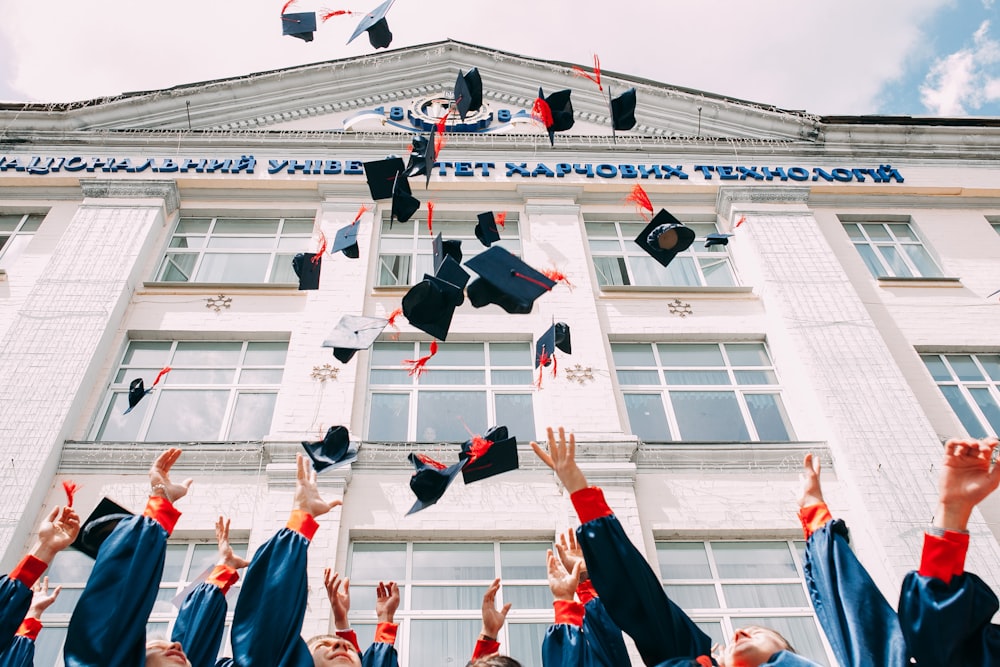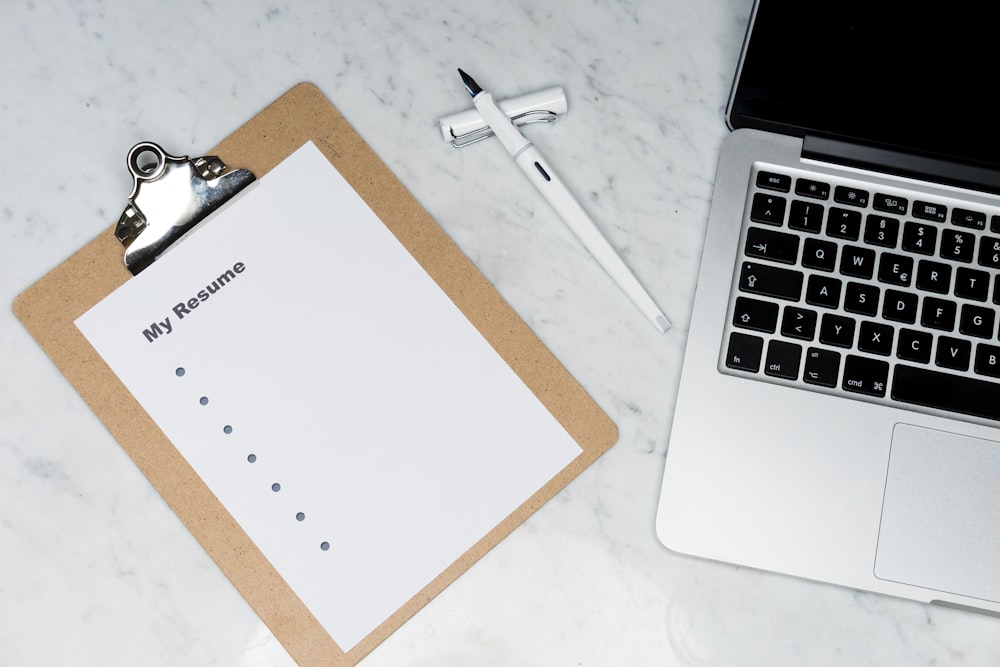USA Study Visa 2026: The Ultimate F-1 Visa Guide
Comprehensive step-by-step guidance for Indian & Pakistani students aspiring to study in American universities

Introduction: Your Gateway to an American Education
The United States of America is home to the world's most prestigious universities, cutting-edge research, and a vibrant, multicultural environment. For ambitious students from India and Pakistan, securing an American education is a dream that promises unparalleled career opportunities and personal growth. However, the pathway to this dream runs through a critical milestone: obtaining the USA Student Visa, most commonly the F-1 Visa.
Navigating the F-1 visa application process can feel like a complex maze of forms, fees, and interviews. The terminology—SEVIS, I-20, DS-160—can be intimidating, and the visa interview is often a source of great anxiety. But fear not. This is the most comprehensive, step-by-step guide you will find online, specifically tailored for applicants from India and Pakistan.
We will demystify the entire process, from initial eligibility checks to acing your visa interview. By the end of this guide, you will have a clear roadmap, a complete document checklist, and the confidence to present your case effectively. Let's begin your journey to studying in the USA! 🇺🇸🎓
Section 1: Eligibility & Core Requirements for the F-1 Visa
Before you even begin the application, you must meet several fundamental requirements. The U.S. government needs to be sure that you are a legitimate student with the means and intent to complete your studies and return home. Here's a breakdown of the core pillars of F-1 visa eligibility.
Acceptance at a SEVP-Certified Institution
This is your starting point. You cannot apply for a student visa without being accepted into a U.S. educational institution. Crucially, the school must be certified by the Student and Exchange Visitor Program (SEVP). Almost all legitimate universities and colleges in the U.S. are SEVP-certified.
- How it works: You apply to universities, and upon acceptance, the institution will send you a document called the Form I-20, "Certificate of Eligibility for Nonimmigrant Student Status." This form is your golden ticket to starting the visa process.
- Action Point: Verify your chosen school's SEVP certification on the official Study in the States website.
Proof of Sufficient Financial Resources
You must prove to the consular officer that you have immediate access to sufficient liquid funds to cover the full cost of the first year of your education and living expenses. You must also show that you have a credible plan to fund the rest of your studies.
- What this includes: Tuition fees, accommodation, food, health insurance, books, and travel costs. The total amount is specified on your Form I-20 as the "estimated cost of attendance."
- Acceptable Sources of Funds: Personal savings, bank loans from recognized Indian/Pakistani banks, scholarships, grants, or financial support from sponsors (typically parents or close relatives).
- Key for Indian & Pakistani Applicants: Be prepared with meticulous documentation. This includes 6-12 months of bank statements, loan sanction letters, scholarship award letters, and affidavits of support from sponsors, along with proof of their income (tax returns, salary slips, business records).
"Non-Immigrant Intent" & Ties to Your Home Country
This is the most subjective and often the most challenging requirement to prove. You must convince the visa officer that you intend to return to your home country (India or Pakistan) after completing your studies. Your F-1 visa is for temporary study, not for permanent immigration.
You prove this by demonstrating strong ties to your home country, which can be:
- Financial Ties: Family property, land ownership, investments, and your sponsor's financial stability in your home country.
- Family Ties: Your immediate family (parents, siblings, spouse, children) residing back home.
- Economic & Job Ties: A clear career plan that requires you to return to India/Pakistan. This could be a job offer waiting for you, opportunities in a family business, or the high demand for your specific U.S. degree in your home country's job market.
English Language Proficiency
While the visa interview itself will be a test of your English, most U.S. universities will require you to submit standardized test scores like the TOEFL or IELTS as part of your admission application. Strong scores not only get you into a better university but also act as indirect proof of your academic seriousness to the visa officer.
Section 2: The Step-by-Step F-1 Visa Application Process
Once you meet the eligibility criteria and have your Form I-20, it's time to begin the formal application process. Follow these steps in order to ensure a smooth experience.

Follow these steps carefully for a successful visa application
Receive Your Form I-20
Your university's Designated School Official (DSO) will send you this form after you've been accepted and paid any required deposits. Review it carefully to ensure all personal details are correct. Sign it immediately.
Pay the I-901 SEVIS Fee
The Student and Exchange Visitor Information System (SEVIS) is a U.S. government database. You must pay the I-901 SEVIS fee (currently $350 for F-1 applicants) online using a credit card. You MUST pay this fee at least three days before your visa interview.
Complete Form DS-160
This is a long and detailed online form that asks for your personal, educational, and travel history. Be meticulously accurate. Any discrepancy between your DS-160 and your documents can lead to rejection.
Pay the MRV Fee
This fee (currently $185) is separate from the SEVIS fee. You will need to pay it to schedule your visa interview appointments. The payment process is specific to your country.
Schedule Appointments
You will need to schedule two separate appointments: Biometrics at a Visa Application Center and your Visa Interview at the U.S. Embassy or Consulate.
Attend Your Interview
This is the final and most crucial step. You will present your documents and answer questions from a consular officer. Preparation is key to success.
Section 3: Ultimate Document Checklist for USA Student Visa
Organization is your best friend. Create a file with clear dividers and arrange your documents in the order listed below. Have both originals and one set of photocopies.

Keep all your documents organized and easily accessible
Mandatory Application Documents:
- Passport: Must be valid for at least six months beyond your intended period of stay in the U.S. Must have at least two blank pages. Bring all old passports as well.
- DS-160 Confirmation Page: The printout with the barcode.
- Visa Application Fee (MRV) Payment Receipt.
- Appointment Confirmation Letter.
- Form I-20: Original, signed by you and the DSO.
- SEVIS I-901 Fee Payment Receipt.
- Photographs: One or two hard copies of your visa photo, even though you uploaded one to the DS-160.
Academic Documents:
- University Acceptance/Offer Letter.
- Transcripts, mark sheets, and degree certificates from all institutions attended (Class 10, 12, Bachelor's, etc.).
- Standardized Test Score Reports (GRE, GMAT, TOEFL, IELTS, SAT, etc.).
Financial Documents (The Most Important Set):
- Proof of Liquid Funds: Original bank statements or passbooks for the last 6-12 months showing sufficient funds. Fixed Deposit receipts are also excellent.
- Education Loan Sanction Letter: Must be from a recognized bank. It should clearly state the loan amount, applicant's name, and that it is approved for study in the USA.
- Sponsor's Documents: Affidavit of Support (Form I-134), sponsor's income proof (tax returns, salary slips), and business documents if applicable.
- Proof of Assets: Documents for property, land deeds, and other investments. While these don't count as liquid funds, they are powerful evidence of your ties to your home country.
- Chartered Accountant (CA) Statement: A summary of all movable and immovable assets.
Section 4: Acing the F-1 Visa Interview: Tips, Questions & Answers
The interview typically lasts only 2-5 minutes. The consular officer makes a decision very quickly. Your goal is to be confident, concise, and convincing. Here's how to prepare.
The Golden Rules of the Interview:
Be Confident and Calm
Greet the officer with a smile. Maintain eye contact. Don't be nervous; you are a genuine student with a legitimate purpose.
Be Concise
Do not give long, rambling answers. Answer the question asked, and then stop. If the officer wants more information, they will ask.
Be Honest
Never lie or provide fraudulent documents. Getting caught means a potential lifetime ban from entering the U.S.
Common Visa Interview Questions & How to Answer Them:
Bad Answer: "It's a top-ranked university."
Good Answer: "I chose XYZ University because of its renowned research in Quantum Computing, specifically under Professor John Doe. His work aligns perfectly with my final year project in undergrad, and the university's specialized lab facilities are something I cannot find in my home country."
Connect it to your past and future. "My bachelor's was in Computer Science, and I've worked for two years as a software developer. A Master's in Data Science from the U.S. will give me the advanced analytical skills needed to pursue a senior data analyst role back in India's booming tech industry."
This is the most important question. Your answer must scream "I am coming back!"
Good Answer (for Pakistani applicant): "I plan to return to Karachi immediately after my Master's. The CPEC project has created a massive demand for civil engineers with expertise in modern infrastructure management, a skill set this degree will provide. My father also runs a construction firm where I intend to apply my knowledge."
Section 5: Complete Cost Breakdown for USA Student Visa
Budgeting is essential. Here is an estimated breakdown of the costs involved. Note that these are subject to change and are for estimation purposes only.
| Expense Category | Cost in USD ($) | Approximate Cost in INR (₹) | Approximate Cost in PKR (₨) |
|---|---|---|---|
| University Application Fees (per uni) | $75 - $150 | ₹6,000 - ₹12,000 | ₨20,000 - ₨40,000 |
| Standardized Tests (GRE/GMAT/TOEFL) | $200 - $250 per test | ₹16,000 - ₹20,000 | ₨55,000 - ₨70,000 |
| I-901 SEVIS Fee | $350 | ₹29,000 | ₨97,000 |
| Visa Application Fee (MRV) | $185 | ₹15,000 | ₨51,000 |
| Estimated Airfare (one-way) | $800 - $1,200 | ₹65,000 - ₹1,00,000 | ₨2,20,000 - ₨3,30,000 |
Note: Currency conversions are approximate. Always check the official websites for the most current fees. The largest cost will be your tuition and living expenses, which can range from $30,000 to $70,000+ per year, depending on the university and location.
Ready to Start Your American Dream?
The journey begins with meticulous planning and confidence. Don't delay—start your application and document preparation today!
Book a Free Consultation
0 Comments